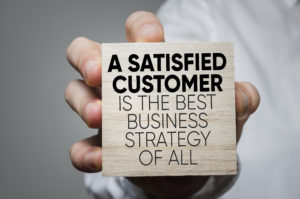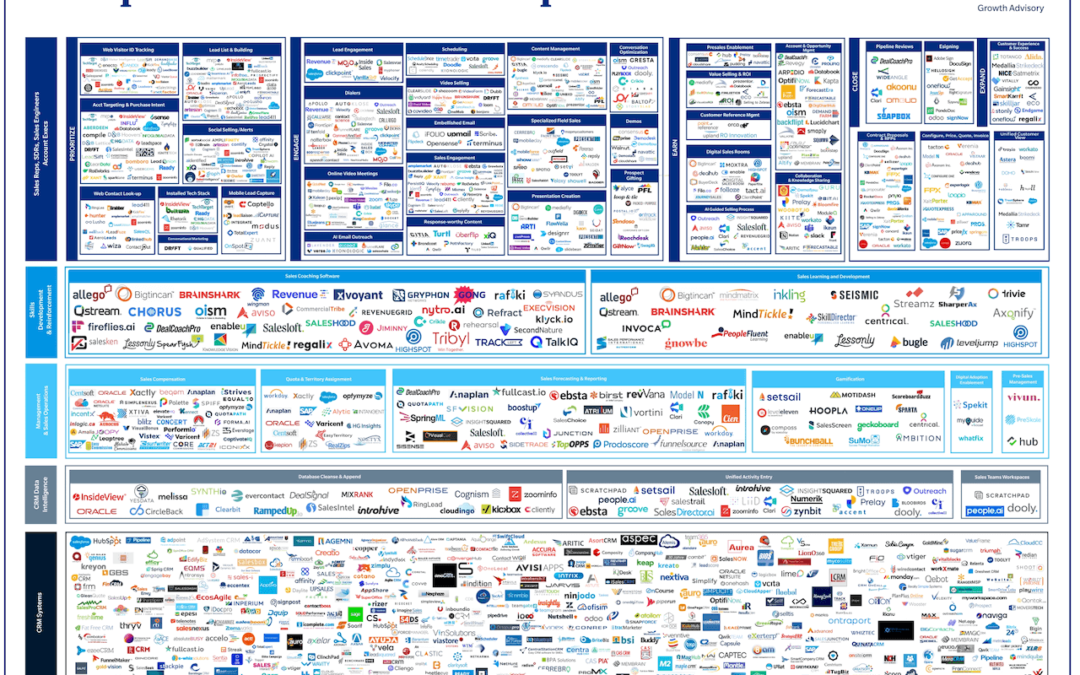By Carly Bauer, Marketing Coordinator at Heinz Marketing
Think about all the times you had a really great experience as a customer- the way you felt after those experiences. Now think of those other times when your experience as a customer wasn’t the greatest, in fact you couldn’t believe everything that just happened. The feelings you felt after those experiences were probably very different, right?
A positive customer experience is crucial to the success of any business because happy customers are the ones who become loyal customers. In addition, some of the best marketing can come from loyal happy customers through word-of-mouth marketing- advocating for your brand and products or services.
What is Customer Experience?
Customer experience (CX) is everything related to a business that affects a customer’s perception and feelings about it. It is the sum of all the interactions that a customer has had with that company over the life of the relationship with said company or brand whether it’s been 5 minutes or 15 years. From being blown away by a product’s performance, to receiving top-notch customer support to solve a problem and every interaction in between.
Customer experience results in their view of your brand and impacts factors related to your bottom line, including revenue. This is something important to note because if customer experience is poor it will affect other areas of business and if other areas aren’t doing so great, improving customer experience can be a great way to boost factors related to the bottom line.
So you are probably wondering what channels make up the customer experience? With today’s technology, customers have multiple ways to interact with businesses and experience products and services. Interactions can come from:
- Mobile apps
- Social Media
- In-person store visits
- Web/SMS chat
- Creative marketing tactics
In tackling the complexity of the customer experience, from interaction to interaction, and arriving at a definition of what the customer experience is, it can be helpful to break it down into its basic components.
Culture, processes, and people – CEO’s and other senior executives should help lead and influence by setting the tone for their teams to focus on providing a consistent customer experience throughout their marketing, sales cycle and customer service. This must involve breaking down silos and developing strategies and processes that align all departments to accomplish the same goals.
Products and services – Must meet customer needs, demands, and expectations. Strong customer experience strategies use knowledge and culture to anticipate customer experience needs before customers ask for help. It’s important to remember an experience is not always tangible, but the elements that create it, are.
People – Customer service reps, partners, suppliers- all play an essential role in delivering a consistent, quality customer experience. Having the proper training, tools, policies, processes, and culture in place to serve people, not just the customers but employees who serve them, will greatly impact the quality of customer experience provided.
Information – Any information whether it is business-to-customer, employee-to-employee, from partners-to-customers – all content, data, and analysis related are all knowledge management resources that play an important role in improving organizational efficiency.
Customer touch points and channels – This includes, phone, email, text, ads, chat, your website, and even third-party review sites. Any format where customer interaction and experience can take place outside of in-person interactions.
Technology – The modern customer experience environment relies on technology to drive service and help create experience.
What makes it so important?
Today, the market is full of products that perform similar functions. While each product may boast its individuality, the fact remains for the average consumer, many other products can likely achieve the same or equivalent functions as yours can. The critical factor that sets you apart from the competition is customer experience. A remarkable customer experience is critical to the sustained growth of any business. A positive customer experience promotes loyalty, helps you retain customers, and encourages brand advocacy. Customers have numerous options to choose from at their fingertips plus the resources necessary to educate themselves and make purchases on their own. This is why it’s important to provide a remarkable experience in order to stand out among the plethora of options and make them want to continue doing business with you.
A good customer experience can help drive competitive advantage. Companies shouldn’t ignore the importance of providing seamless, effective customer experience, if they do they can lose high value customers to rivals all within an easy Google search. If a good product or competitive pricing are no longer enough to produce loyalty, then a personalized experience may be the differentiator you need to set yourself apart from the competition.
What is a good customer experience?
A good customer experience is where the customer feels valued, listened to, and supported throughout their purchasing and use of the product. It makes it effortless for customers to accomplish their goals for what they want to use your product or service for. In action it may look like friendly and empathetic service representatives helping a customer find the product that works best for them and teaching them how to get the most out of their chosen product. For customers who prefer online shopping, it’s a website that is updated and user-friendly, with service representatives present at a moment’s notice through chatbots, email, or phone lines. The website translates seamlessly to mobile format, and customers can browse through the app if applicable. The most important part of creating a great customer experience is understanding the entire journey a customer takes. You need to think about your customer journey map. This will help you understand every touch point you have with your customers. From there, you can focus on how to make each of those touch points a positive experience for the customer.
When identifying good customer experiences within your organization make sure to look for:
- Setting and communicating realistic expectations about the product or service
- Intuitive product design
- Easy-to-access self-help resources
- Proactive messaging around known issues
- Sales being transparent about pricing
- Always-available live customer support with short waits
Every customer interaction is usually handled by a separate department. It may seem like having satisfactory metrics within each department would be enough to create a great customer experience. However, the tricky part about customer experience is that the consumer does not experience their relationship with your company as a series of smaller interactions, but rather will remember it as one ongoing interaction.
What makes a bad customer experience?
When customer experience is not put first, negative impacts can have long lasting effects that can be hard to recover from or even fatal to a company’s survival. Here are some circumstances and situations that can create negative impacts and lead to bad customer experiences.
- Long wait times – can cause intense frustration and leave customers feeling like they are not valued. It can also seriously impact service employee job satisfaction, by creating stressful environments as employees feel pressured to move through customers as quickly as possible.
- Not understanding customer needs – Poorly trained, inexperienced, or stressed employees can worsen customer experience during interactions and into the future. If employees don’t understand what kind of product the customer is looking for, they could lead the customer to a product that doesn’t fit their needs. This creates dissatisfaction and frustration from the customer and paints the company as unreliable, undependable, and unaware of product offerings.
- Unresolved issues/questions – are usually a function of overworked employees or an inefficient operating system. Overlooked emails, employees who cannot provide the required level of assistance needed, and a web interface that does not offer easy access to services can greatly impact the customer experience.
- Lack of human touch or interaction – Chatbots are an excellent tool to proactively engage future customers, route questions appropriately, allow customers to self-serve, collect feedback, and answer simple questions. But they can never fully replace the connection that takes place between two actual people. As automated services become more prevalent, some customers are expressing concern around the lack of essential human touch from their service interactions.
- Lack of personalization – One of the essential aspects of a positive customer experience is a personalized service. Customers enjoy the feeling of every interaction being focused on improving their experience. But when customer service reps or sales reps use scripted interactions or when customers are left to fend for themselves, they tend to feel less satisfied with their experience and less valued as a customer.
It’s also important to remember that it may take just one bad experience for a customer to write a negative review, refer their friends and family somewhere else and completely ‘churn’ and look into your competitors instead. So providing the best customer experience you can throughout the customer journey is extremely important.
Customer experience matters
Creating good customer experience should be a priority for any company, no matter the size. Your company’s success depends on the ability to keep and attract loyal customers. By failing to put your customers first, you could be sending them straight to your competitor.





